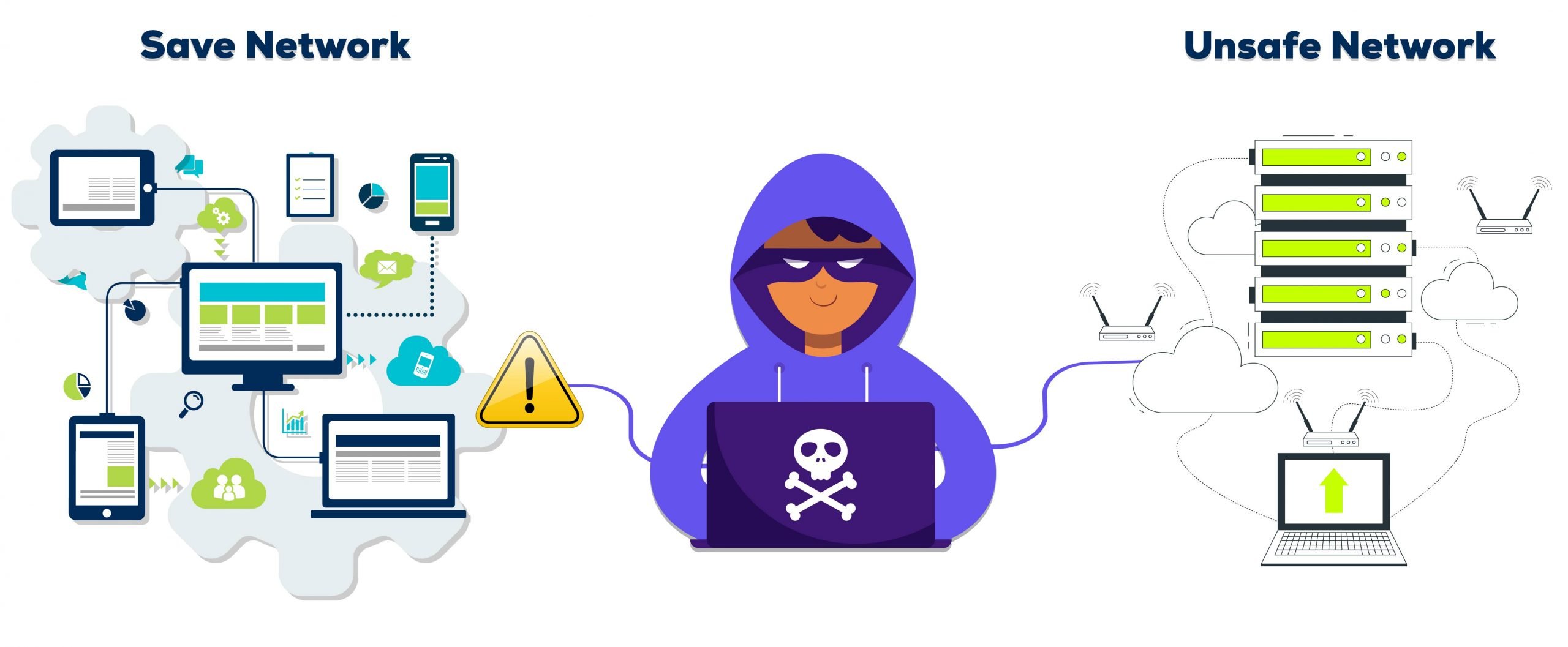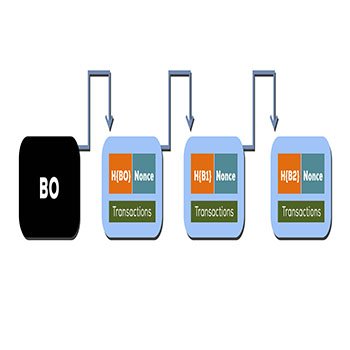What Is A Network Effect
What Is Network Effect? Why Is It Important?

What Is Network Effect?
The network effect is a phenomenon in which the value of a product or service rises as the number of persons or participants rises. The network effect is commonly seen on the Internet. The Internet had few users at first since it was of little utility to anybody other than the military and a few research experts. Social media platforms such as Facebook, Instagram, Twitter, etc. are examples of the network effect. The network effect can enhance the quality as more individuals engage, but it could also attract new members as they seek to profit from the platform. Users joining social media networks have resulted in a variety of network effects. Companies wanting to market their products and services race to join these sites as more people join and engage in order to profit on the trend. Increased advertising income means greater money for social media platforms. As a consequence, the sites evolve and may provide additional services to consumers.
Five Type Of Network Effects:
Marketplaces Or Two Sided Networks
The market is perhaps the most visible form of network. Markets have been around since beginning of time and therefore have developed rapidly in the digital age. Markets spring up all around possible human demand and desire, from your stomach to existence. Traditionally, they are made up of producers and consumers. Prior to the emergence of cities, mobile traders moved between tiny communities, constantly hawking their products and reaping profits. Farmers purchased tools, artisans purchased meat, and merchants traded in almost everything.
Channel Partners Or Three Sided Networks
Channel collaborations are not suitable for all types of businesses. It all depends on the product and the end user. They may be highly profitable and scalable if done right. Channel partnerships need trust and demand generation, both of which might originate from you or your partner. In this situation, the medium and product are crucial. It has a smaller capital outlay. It easily scales the sale with established networks. Once developed, it has little maintenance and running expenditures.
Communication Networks
Communication is one of the most genuine types of network effects. The key to communications networks is to get people on board as soon as possible. Networks capitalize on users' social proof scale and pay for client acquisition fail. It's really that simple. It provides viral growth as people join their networks. The value rises in tandem with the number of users. When quitting a network, switching fees are expensive.
Content Networks
Content gathers eyeballs and attention in away that marketplaces do for commerce. And content has always been a lucrative industry. Examine periodicals and newspapers (pre-internet). These newspapers publish content, consumers subscribe (pay), and marketers place a plethora of advertisements. Because readers are fascinated and keep returning for more, the editors may sell ad space. And, unlike communication networks, the one-sided nature of content makes it easy to grow. An article or video can receive 100 or 100 million views without incurring significant additional costs.
Local Networks
These networks have suffered as technology and the internet have connected the world. Nonetheless, they are still extremely important, particularly the dynamics underlying them. Unless VR eliminates reality, local networks will never vanish. Consider humanity's most fundamental needs: food, clothes, shelter, and connections. All of these things are concrete and tangible, and they have a significant impact on our everyday life.
Network Effect & Cryptocurrency
When it comes to cryptocurrencies and blockchain, network effects are crucial. Miners help to secure the network and have a lot of cash to keep their businesses running. Miners may receive greater payouts, but they will not have the same liquidity to exit their positions. They might take a chance and hope for better liquidity in the future. Or they may just keep mining with a high degree of assurance that they will be able to stay in business. This is how the network effect works. Even if the alternative is technologically superior or offers greater benefits, switching isn't always a good idea. Network effects are also a significant consideration in the Decentralized Finance (DeFi) area. If a product, service, or even a smart contract has a significant edge, it may be tough to overcome for other initiatives. However, DeFi is still in its early phases. Many would argue that no product has yet established a network effect that would make them a clear winner.
Negative Network Effects
Negative network effects operate in the inverse way. This means that each new user deducts value from the network rather than contributing to it. This is also an essential factor to consider while designing blockchains. Each new user should bring value to the network, according to good design. This contributes to the network's ability to scale. However, if each user subtracts value, the network would get congested.





